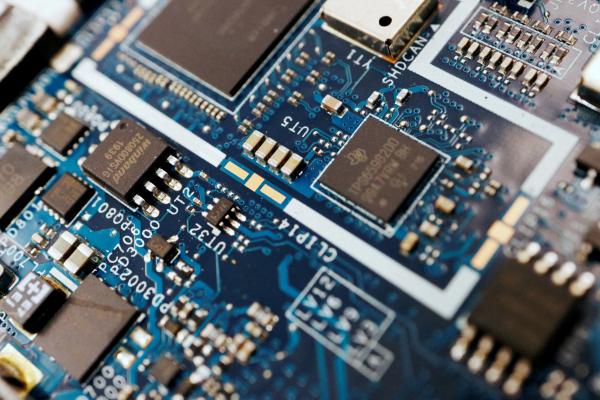KUALA LUMPUR, April 8 — Asean's semiconductor market has the potential to exceed US$52 billion (RM233.4 billion) by 2032 by moving up the value chain, said Finance Minister II Datuk Seri Amir Hamzah Azizan.
To grow the region’s semiconductor market, which stood at over US$31 billion (RM139.1 billion) in 2023, Asean must look beyond volume and towards value.
“That means moving up the value chain — into front-end design, fabrication, and intellectual property development — so that Asean is not merely a place where innovation is assembled, but where innovation begins,” he said in his opening address at a panel discussion on "A nation that creates through catalysing ecosystems", one of the Asean side events (finance track).
The event was held in conjunction with the 12th Asean Finance Ministers' and Central Bank Governors’ Meeting today and related meetings.
Amir added that no nation achieves that coveted position alone.
“Taiwan did not rise through talent alone, and the United States (US) did not lead through capital alone. It was ecosystems — cohesive, coordinated, and supported — that made the difference.
“Asean must do the same, and we must do it together,” he said.
The grouping holds immense potential to shape the next chapter of the global semiconductor story since it possesses deep industrial capabilities, a growing base of skilled engineers, increasingly sophisticated innovation hubs, and access to some of the world’s most dynamic consumer and enterprise markets.
“Asean's strength lies not in doing the same thing everywhere — but in doing complementary things together. With the right coordination, we can transform Asean into an integrated, agile, and future-ready semiconductor powerhouse,” Amir said.
However, Asean must be clear-eyed about the headwinds.
“The global realignment of supply chains driven by rising geopolitical tensions and protectionist trade policies is reshaping global trade and production models,” he said.
The recent US announcement to impose “reciprocal” tariffs on countries with trade surpluses, including a 24 per cent tariff on Malaysian exports, is not an isolated development but part of a broader shift toward more inward-looking policies.
For Asean, the move is an inflection point — one that calls for clarity, coordination, and collective resolve.
“Asean's best response is not to retreat into protectionism, but to advance through integration.
"We must diversify our supply chains, champion open regionalism through frameworks like the Regional Comprehensive Economic Partnership and the Comprehensive and Progressive Agreement for Trans-Pacific Partnership, and make full use of tools like the Asean Single Window to reduce friction and build trust,” Amir said.
On another note, the minister said that Asean has produced more than 10 unicorns with a combined value exceeding US$34 billion (RM152.6 billion) since 2012.
However, the region’s startup ecosystem still suffers from uneven access to funding, fragmented markets, and limited scaling support.
“If semiconductors are the hardware of the future economy, then startups are its operating system driving agility, adaptability, and innovation. But bold ideas do not scale in isolation.
“To thrive, startups need the infrastructure of opportunity: clear rules, open markets, trusted networks, and institutions that grow with them, not around them,” he said.
— Bernama




